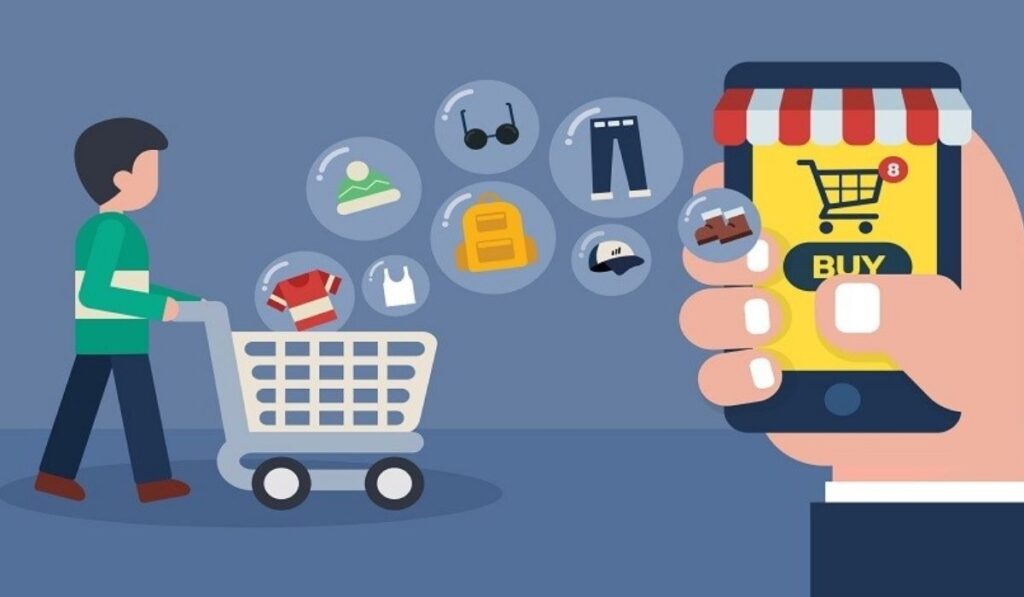In 2025, understanding your personal expenses has become more complex than ever before. The traditional way of budgeting and tracking Cost Decoded no longer fits the new economic realities shaped by technology, inflation, and lifestyle shifts. “Cost Decoded” isn’t just a concept—it’s a framework for examining how various forces influence what we spend and why. Every product or service we use carries a hidden story behind its price tag. From the global supply chain to artificial intelligence-driven marketing strategies, every element plays a part in how much you pay. To truly manage finances effectively, you must look beyond surface-level numbers and uncover what drives those Cost Decoded in the first place.
The Hidden Power of Supply and Demand
At the heart of every economic transaction lies the balance between supply and demand. When consumer interest in a product grows, companies may raise prices to capitalize on that enthusiasm or to offset limited production. On the other hand, when supply exceeds demand, prices may drop to attract buyers. In 2025, supply and demand are not only affected by consumer behavior but also by environmental factors, geopolitical events, and the rise of automation. For instance, climate issues can disrupt the supply of agricultural goods, while political conflicts might influence energy prices. Understanding how these external forces impact pricing is one of the first steps in decoding the Cost Decoded of your daily life.
Inflation and Its Lingering Influence

Inflation continues to be one of the most powerful forces shaping consumer Cost Decoded. Although many governments have attempted to stabilize economies through monetary policies, inflation’s impact can still be felt in everything from grocery shopping to housing. The year 2025 has seen inflation driven by multiple factors, including labor shortages, digital transformation costs, and the transition to green energy. Companies are investing heavily in sustainable production and renewable energy sources, but those investments come with higher initial costs passed down to consumers. Learning how to interpret inflationary trends helps individuals make smarter financial choices, anticipate price shifts, and plan budgets more effectively.
The Role of Technology in Shaping Costs
Technology has transformed how businesses operate and how consumers spend. While automation and artificial intelligence have made some products cheaper, they have also created new categories of expenses. Subscription-based services, online entertainment, and digital tools are now part of the average consumer’s monthly budget. The rise of smart technology means people are spending not only on devices but also on maintenance, updates, and cloud-based services. Moreover, e-commerce algorithms have mastered the art of personalizing pricing, meaning that two people could pay different amounts for the same product based on their browsing history or location. Decoding Cost Decoded in 2025 requires an understanding of how technology affects both pricing strategies and personal behavior.
Lifestyle Choices and the Psychology of Spending

Human behavior remains a central factor in driving expenses. As societies become more digital and connected, lifestyle trends evolve rapidly, and people are often influenced by social media, influencer marketing, and online peer pressure. Many consumers make purchases based not on need but on emotional triggers or the desire to fit in. The psychology of spending reveals that people often underestimate small, recurring Cost Decoded that add up over time. Streaming subscriptions, online shopping, and food delivery services are prime examples of how convenience leads to hidden expenses. Decoding your costs means recognizing these psychological influences and actively countering them with mindful spending habits.
The Globalization of Cost Structures
Globalization has made the world more interconnected, and with that interconnection comes a shared vulnerability to global market changes. The Cost Decoded of goods in your local supermarket is no longer determined just by local production but by international supply chains. A shortage of microchips in Asia can affect car prices in Europe or North America. Shipping Cost Decoded , trade tariffs, and currency fluctuations all play a role in shaping what consumers ultimately pay. In 2025, the world’s economy operates like a web—pull one thread, and the effects ripple across the entire system. Understanding this network helps consumers make more informed decisions, such as supporting local businesses or buying goods that rely less on international logistics.
Energy Costs and Environmental Impact

The transition to sustainable energy has changed the landscape of Cost Decoded across industries. While renewable energy sources promise long-term savings and environmental benefits, the short-term reality is that consumers are paying more for energy-efficient products and green infrastructure. Governments are incentivizing companies to reduce carbon footprints, but those incentives often come with initial investments that raise production Cost Decoded . Transportation, manufacturing, and even housing are being redesigned to align with environmental goals, meaning that the Cost Decoded of sustainability is now built into everyday prices. Decoding costs in this context requires understanding the trade-off between short-term expenses and long-term environmental and financial benefits.
The Hidden Costs of Digital Living
As more aspects of daily life move online, consumers are facing new categories of hidden costs. Data privacy, digital security, and cloud storage all come with financial implications that weren’t as significant a decade ago. The more connected our devices become, the higher the risk of data breaches, prompting users to invest in cybersecurity tools and privacy-focused services. Meanwhile, companies spend heavily on maintaining digital infrastructure and protecting user data, which in turn raises service Cost Decoded . Digital convenience comes at a price, and decoding modern costs means accounting for the unseen financial footprint of living in a connected world.
How Businesses Strategically Shape Perceived Value

Another layer of understanding cost comes from analyzing how businesses frame pricing. Perceived value plays a crucial role in determining what people are willing to pay. Marketing, branding, and customer experience all contribute to this perception. A luxury item might not necessarily cost more to produce than a standard product, but its branding can justify a premium price. Subscription-based business models also rely on perceived convenience and exclusivity to retain customers. By decoding these strategies, consumers can separate genuine value from emotional persuasion and learn to spend with clarity and purpose.
Strategies to Take Control of Your Costs
Once you understand the forces driving expenses, you can take proactive steps to manage them. Start by evaluating your essential and non-essential expenses, identifying recurring payments that no longer provide value. Embrace comparison shopping, use budgeting tools, and set financial goals that align with your lifestyle rather than external pressures. Another key strategy is financial education—learning about taxes, credit, and investments can help you offset rising costs and grow wealth over time. “Cost Decoded” isn’t just about recognizing what influences your spending—it’s about empowering yourself to take control of it. When you can read between the lines of your expenses, you transform from a passive consumer into an informed financial decision-maker.
The Future of Costs in 2025 and Beyond
The future of personal finance is evolving, and so is the definition of cost. As artificial intelligence becomes more integrated into financial systems, consumers will have access to smarter budgeting tools, automated savings, and personalized cost analysis. At the same time, emerging industries such as clean energy, biotechnology, and virtual reality will redefine spending patterns. Decoding costs in this context means staying adaptable, continuously learning, and making informed choices based on accurate data rather than marketing hype. By understanding what drives expenses today, you prepare yourself for the financial realities of tomorrow.
Frequently Asked Questions
1. What does “Cost Decoded” mean?
- Cost Decoded refers to the process of analyzing and understanding the hidden factors behind the prices of goods and services. It involves looking beyond the surface cost to identify the influences of supply, demand, technology, and behavior.
2. Why are living costs higher in 2025?
- Living costs in 2025 have increased due to inflation, global supply chain disruptions, environmental regulations, and the growing demand for technology-driven services. These combined factors have reshaped how products and services are priced.
3. How can I reduce unnecessary expenses?
- To cut unnecessary expenses, track your spending, cancel unused subscriptions, compare prices before buying, and set clear financial goals. Mindful consumption is the most effective way to keep costs under control.
4. How does technology affect pricing?
- Technology affects pricing by introducing automation, personalization, and data-driven marketing. While some innovations reduce costs, others create new expenses like subscriptions, maintenance, and data privacy protection.
5. What is the best way to prepare for future financial changes?
- The best way to prepare is to stay informed, diversify income sources, and continuously adapt your financial habits. Understanding how global and technological trends influence costs will help you make resilient financial decisions.









